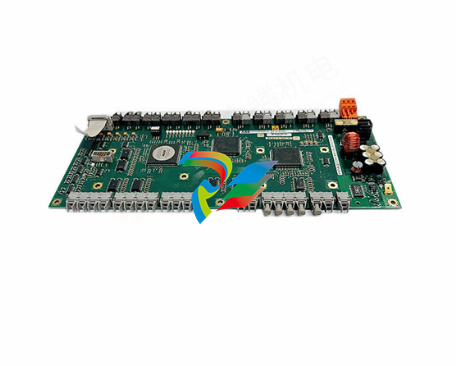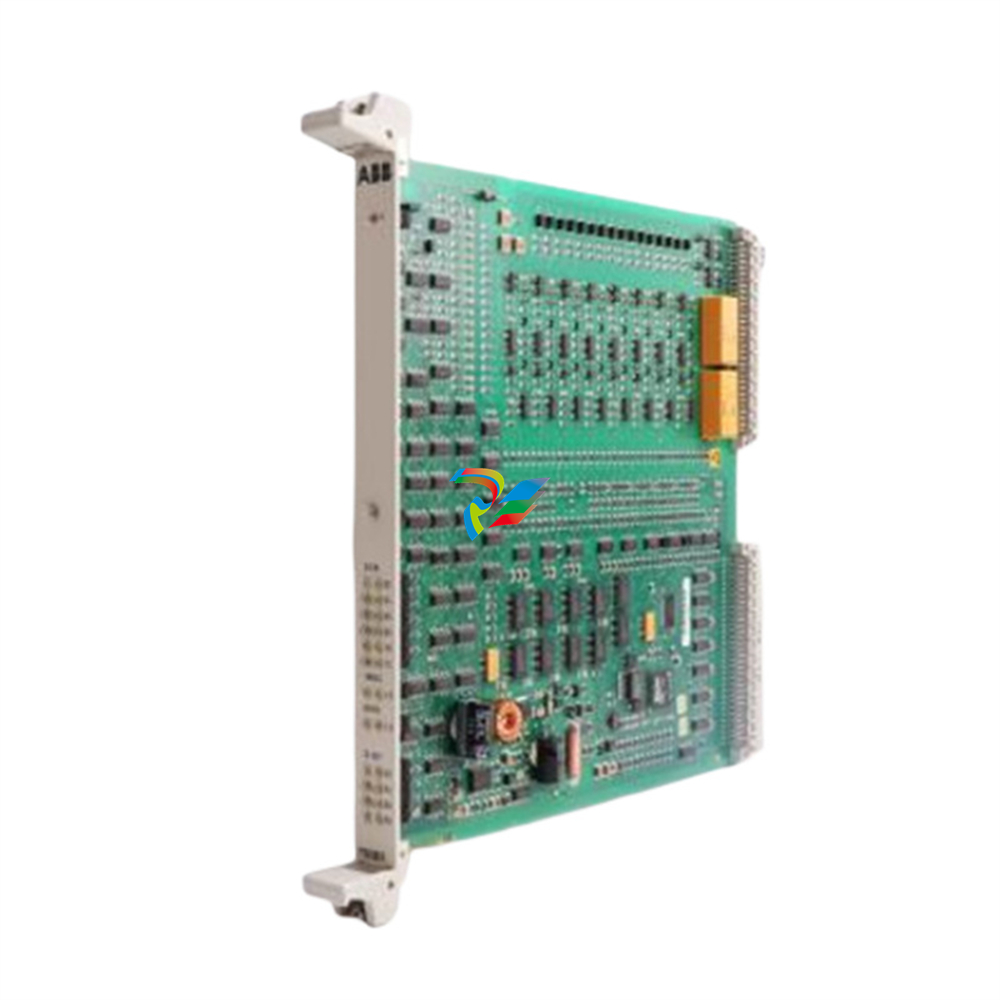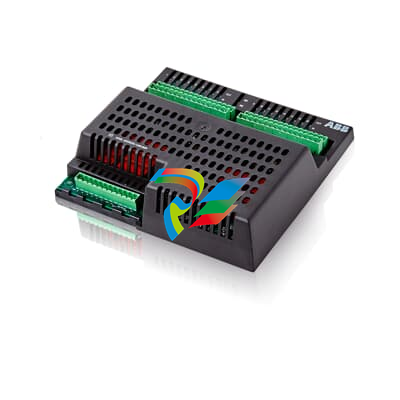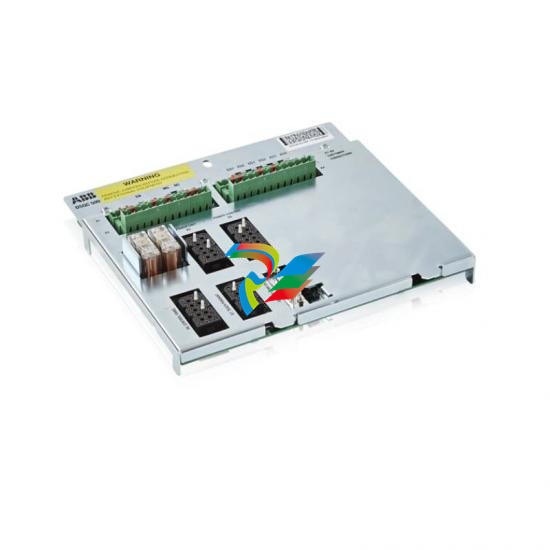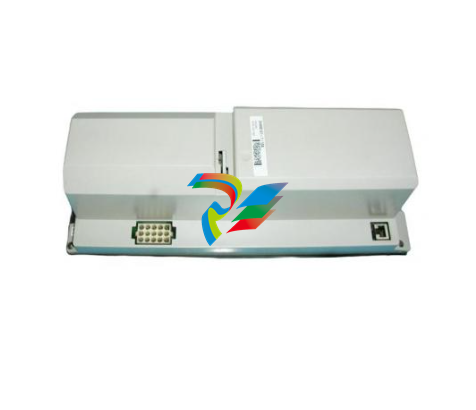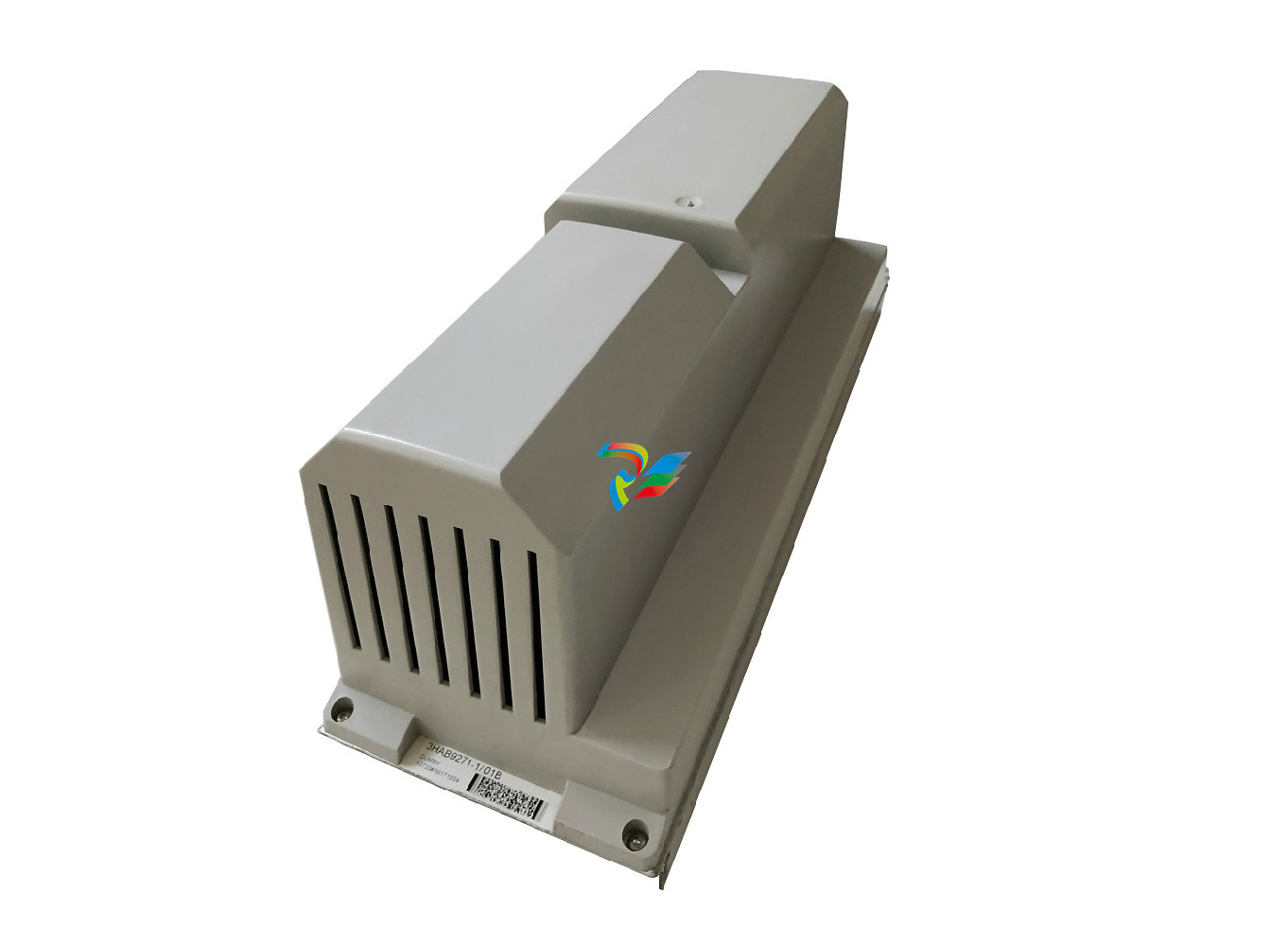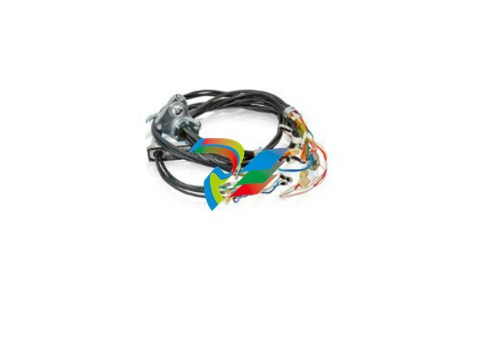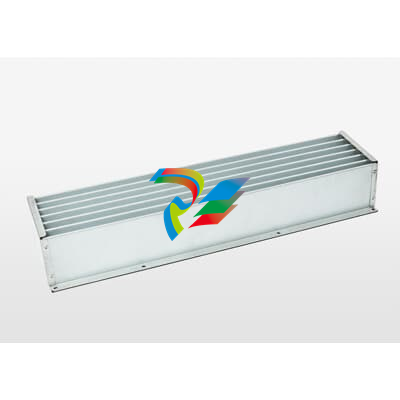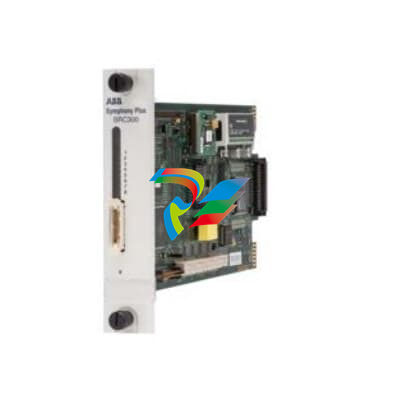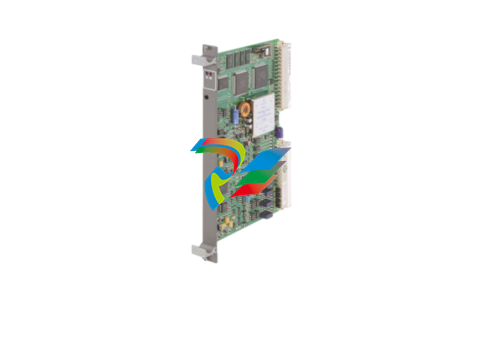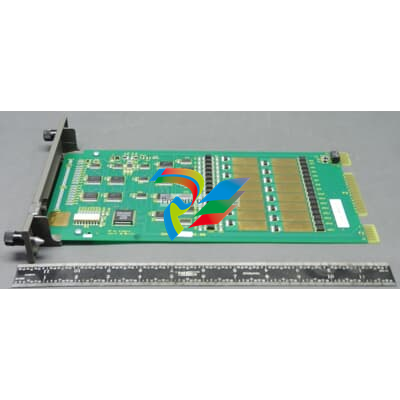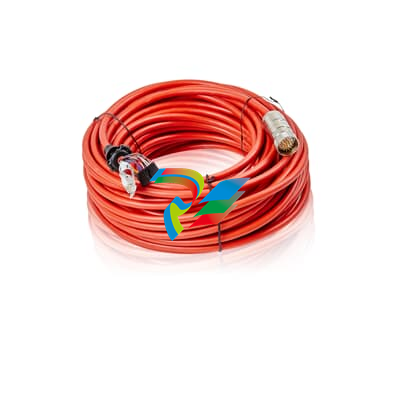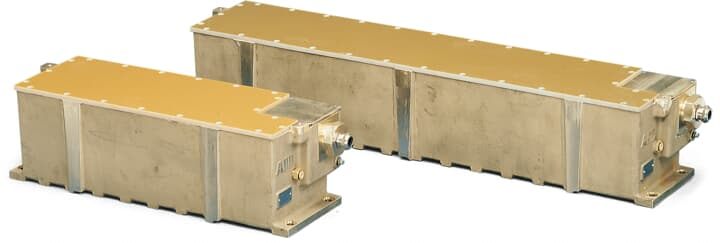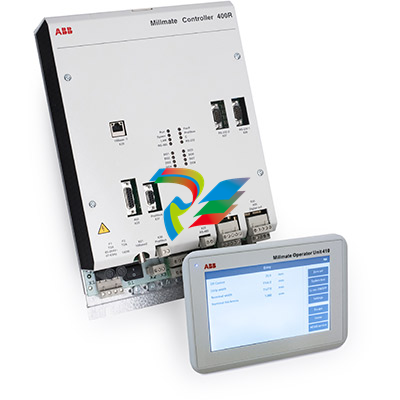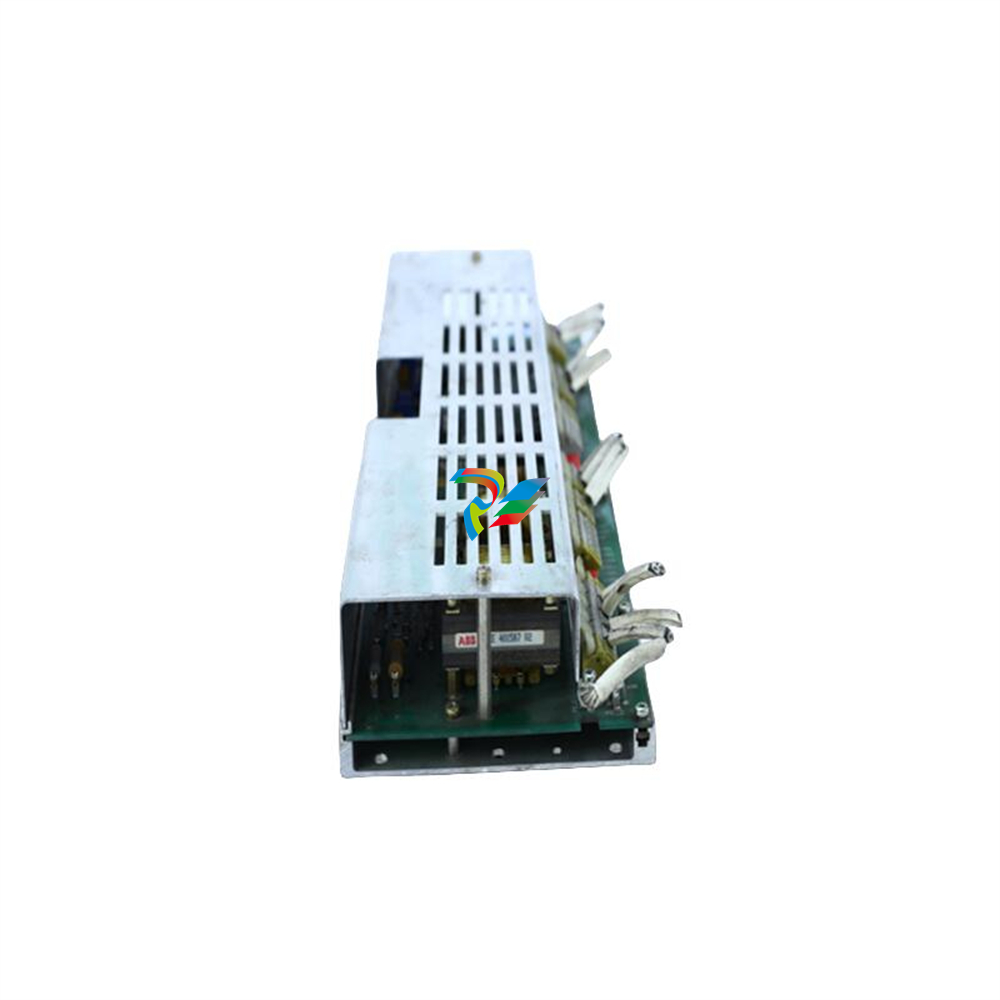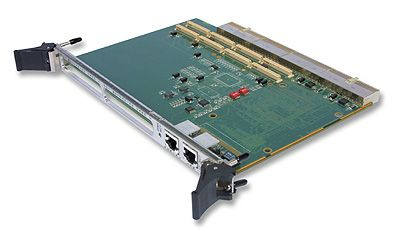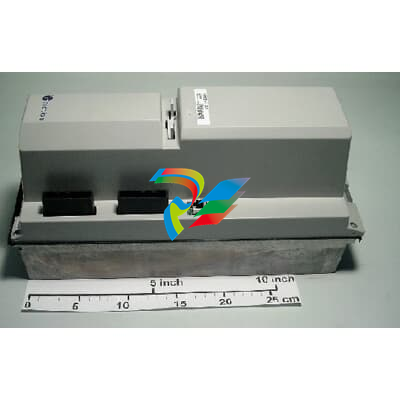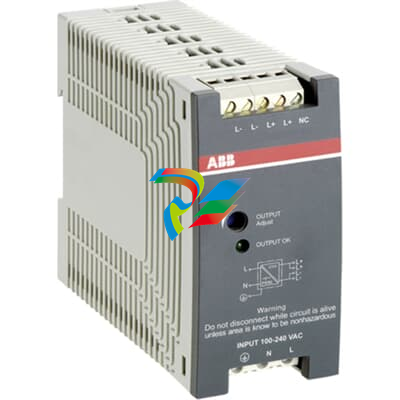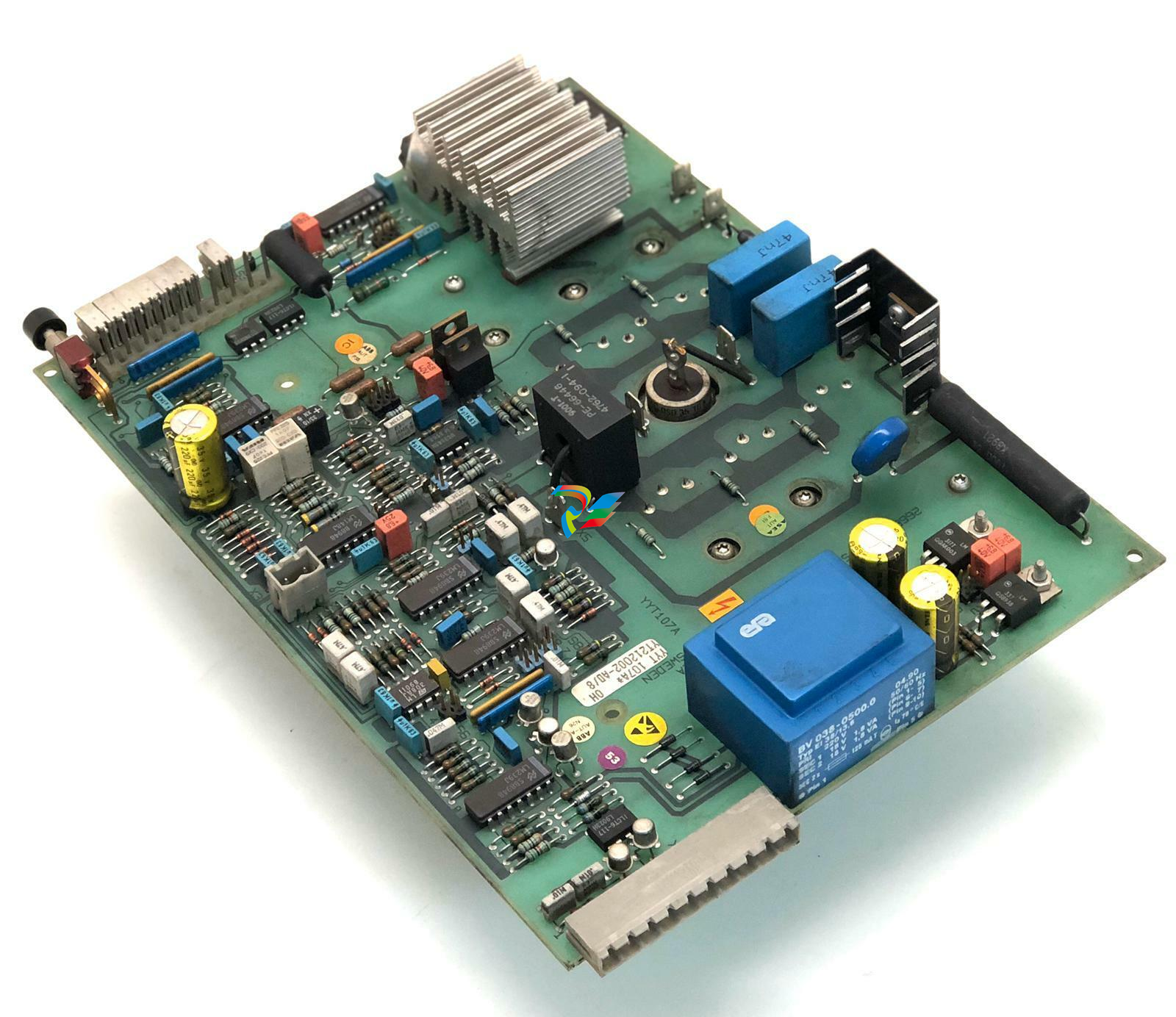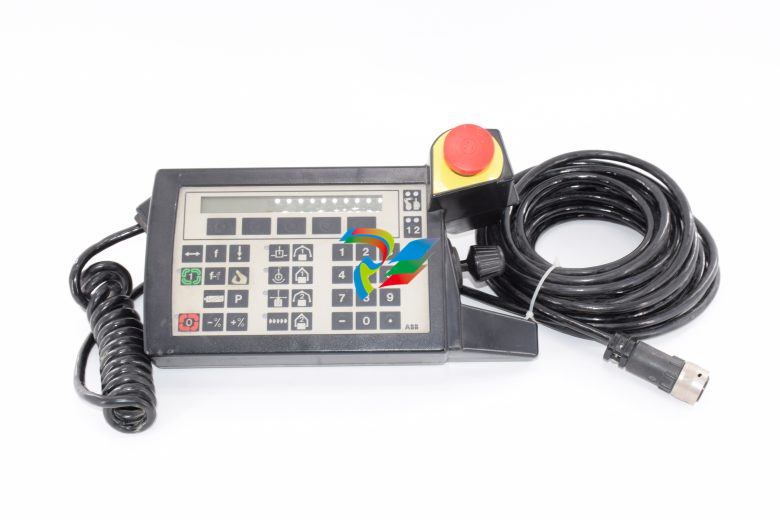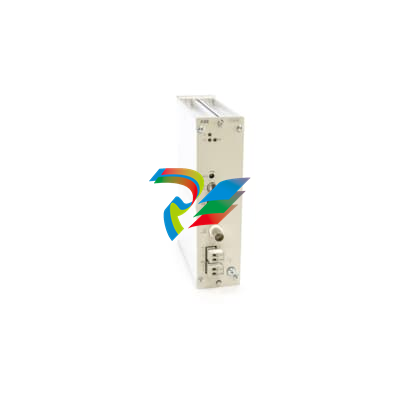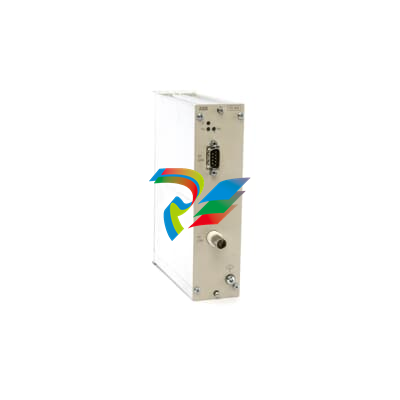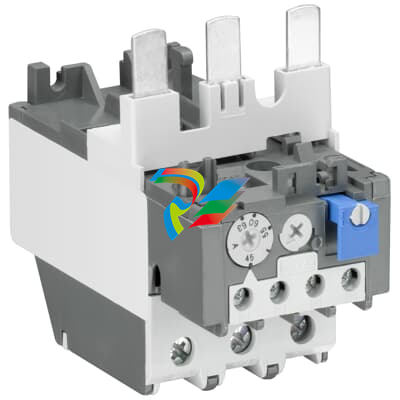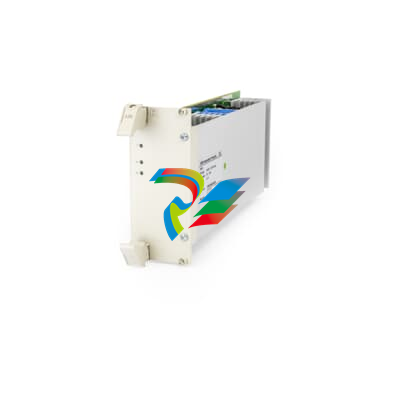
ABBSummary of Advant Controller 250 System
# Advant Controller 250 ## 1、System Overview Advant Controller 250 is a compact, modular controller system that is built using small bus modules and can be assembled into the desired system configuration through a variety of combinations . It is configured and programmed using Advant Control Builder, an application running on Windows NT® . The system features interfaces for communication with other systems and devices, with basic hardware including a controller unit, power supply part, bus modules, and associated cables . It offers simple expandability due to its compact, modular design and can be optimally adapted to each specific application by selecting controller units with different performance characteristics . ## 2、Hardware Components ### 1. Core Components - **Controller Unit**: It is a 32-bit high-performance single-board computer available in various models (PM253, PM254, and PM255). All controller units are equipped with a floating-point processor (FPU) to improve computing performance, as well as battery-buffered RAM and a real-time clock . In addition, all models have two serial RS232 channels and a SattBus interface (except PM255, which has only one RS232 channel) . The available controller models differ in terms of performance and memory expansion . - **Power Supply Units**: The power supply units of the Advant Controller 250 use an external 24V DC power supply, which provides the isolated internal power supply for the controller and the central I/O system . 200-PSMG is the master power supply unit that also generates the clock frequency for the controller, which is automatically set depending on the actual system size . 200-PSSG is a slave power supply unit used in addition to 200-PSMG to improve power supply performance in larger system configurations . - **Bus Modules and Auxiliary Components**: 200-BPN is used as a bus module for the units of the Advant Controller 250. Each module has two slots where the units are fastened with two snap locks . 200-BPP is a 12-pole screw terminal block for connecting power supply and communication signals to the controller system . 200-BPT is a terminating resistor pair for terminating the controller bus . The empty unit 200-DU is used in empty bus module slots in the controller system to prevent mechanical and electrical damage to the controller bus . ### 2. Communication Interfaces The system supports a variety of communication interfaces to meet different scenario requirements, as follows: |Interface Model|Type|Core Features|Protocol Support| |----|----|----|----| |200-CI232|RS232|2 non-isolated, asynchronous serial RS232 channels with overvoltage protection|COMLI (Client and Server), 3964R (Client), MMS (SattLink) (Client and Server), and user-defined|| |200-CI485G|RS485|2 opto-isolated, asynchronous serial channels, usable for half-duplex two-wire and full-duplex four-wire connections|COMLI (Client and Server), 3964R (Client), MMS (SattLink) (Client and Server), and user-defined|| |200-CIE|Ethernet|Features one Ethernet channel according to IEEE 802.3, with an AUI port|SattBus (Client and Server), MMS (Client and Server)|| |200-CISB|SattBus|Two isolated SattBus channels with supervisor function, fieldbus communication handled by separate communication processors|SattBus|| |200-CICN|ControlNet|Interface for the ControlNet network, used for connecting the decentralized I/O system|ControlNet|| |200-CIPB/DP|PROFIBUS-DP|Class 1 master unit, used for connecting the decentralized I/O system|PROFIBUS-DP|| ## 3、Software Functions The "Advant Control Builder" program provides the control system with a wide range of functions, such as logic functions, PID controllers, alarm processing functions, and communication capabilities with other control systems, human-machine interfaces (HMI), and systems from third-party manufacturers . Logic functions, flip-flops, timers, and counters are included in accordance with the IEC Standard 61131-3 . PID control functions are available in the controller system . Functions for alarm and event detection, as well as for alarm printing on local printers, are available . Communication with the programming tool is handled via a serial interface using the MMS protocol (SattLink) . Communication with other systems (e.g., HMI, SCADA, and control systems) can be handled via MMS or SattBus over Ethernet, via the SattBus fieldbus, or via serial channels (RS232 or RS485) with protocols such as 3964R (as client), COMLI, and MMS (SattLink) available, and user-defined protocols can also be used . ## 4、I/O Configuration - **Central I/O**: The central I/O system is housed in the same control cabinet as the Advant Controller 250 and can be operated with a maximum of 48 I/O units (distributed across 6 adapters of type 200-ANN) . The S200 and S200L I/O systems are used for the central I/O connection and can be mixed . - **Decentralized I/O** - S200, S200L, and S800 I/O systems can be used for the decentralized I/O connection . - ControlNet: The ControlNet fieldbus can be operated via a coaxial cable with a maximum length of 500 to 1000 m (3000 to 6000 m with repeater units) depending on the number of network nodes . Using optical fibers (LWL), a maximum distance of 7 km between two LWL repeater units can be bridged under certain circumstances . The 200-CICN interface unit can be operated with a maximum of 248 I/O units (distributed across up to 15 adapters of type 200-ACN) . - PROFIBUS-DP: The PROFIBUS-DP fieldbus can be operated with a maximum length of 100 to 1200 m depending on the transmission speed . The 200-CIPB/DP interface unit can be operated with a maximum of 512 I/O units, distributed across up to 99 adapters 200-APB12 or up to 79 adapters CI830 or a combination thereof (total up to 99) . ## 6、Technical Data - **Power Supply**: +24 V (DC 19.2–30 V) including 5% ripple according to IEC Standard 61131-2 Type 1, i.e., +20%, -15% and max. 5% ripple . - **Temperatures**: Operating temperature: +5°C to +55°C; Storage temperature: -25°C to +70°C . - **Humidity**: Max 90%, no condensation . - **Protection Rating and Approvals**: IP20; CE mark; meets the requirements of EN 50082-2; Low Voltage Directive 73/23/EEC with Amendment 93/68/EEC according to IEC 61131-2 (only applicable to units connected to AC 50–1000 V and/or DC 75–1500 V); UL approval for USA and Canada according to UL 508 (except 200-CIPB/DP) .


































































































